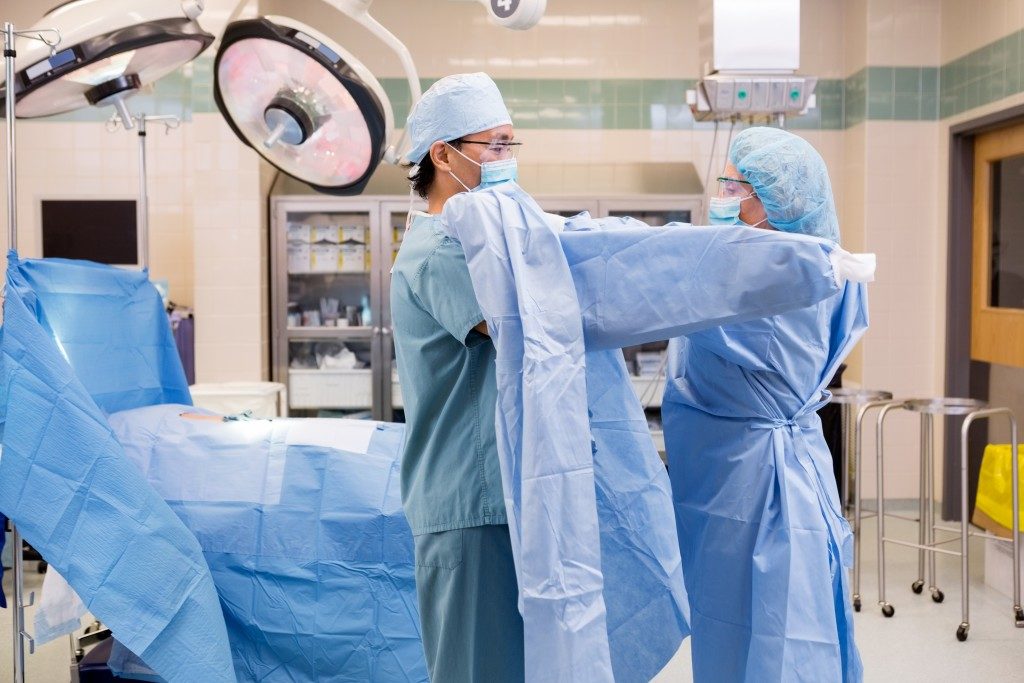The medical sector is among those where employees are exposed to the highest levels of contaminants. Protection in this sector is not only designed for workers but also the patients to avert cross-contamination. Several components make up a PPE ensemble in healthcare settings.
The common ones include the appropriate footwear, coats, gloves, and headgear. In the surgical areas, however, medical gowns are essential. The gowns provide an effective liquid barrier against a patient’s fluid and are the primary elements that minimize the risk of occupationally acquired infections (OAI).
When browsing the available safety clothing online, there are several classes of medical gowns you will come across. These medical gown levels denote their level of protection and ease the choice of an appropriate one based on the risk of infection in your work area.
Here’s more information on these barrier levels.
Level One
Medical gowns in level one undergo a water impact penetration tests called the AATCC 42. This measures the resistance of the gown’s material to water penetration using a single spray contact
To be classified in level one, the medical gown should have a water impact penetration result of less than 4.5 grams. Materials with results of above 4.5 grams are considered non-protective and thus of no use in the medical sector. The level one gowns offer the lowest barrier protection.
Level Two
Medical gowns in level two undergo the AATCC 127 test, also called the hydrostatic head test besides the AATCC 42. The hydrostatic head test will measure the water penetration resistance of your material when placed under increased pressure.
The materials used for level two medical gowns should have results of more than 20cm that denote an adequate resistance to liquids under pressure. Their water impaction penetration levels should be less than one gram.
Level Three
Medical gowns in this class undergo the hydrostatic head and water impact penetration tests. To be used in level three gowns, the materials should attain a water impact test result of less than one gram.
Their hydrostatic head test results should be more than 50cm. This means they can provide a barrier to body fluids under higher pressure than level two gowns.
Level Four

Here, the material is impervious and will be subjected to the ASTM F1671 (blood barrier test). This will test the material’s resistance to the penetration of synthetic blood when in constant contact. The artificial blood sample will be placed on the material for at least an hour.
Any strikethrough within this period means the material is unsuitable for level four gowns. The material will also be subjected to viral barrier tests. This measures its resistance to the passage of microorganisms for at least an hour.
Any penetration within this timeframe means the material is not suited for level four gowns. Level four gowns are used in major surgical procedures.
Your medial gowns should be suitable with your employee’s degree of anticipated exposure and task. It is, nonetheless, easy to get confused by the labeling of your gowns when buying them. Considering commercial labeling machine can be an easy to go solution to labeling supremacy.


